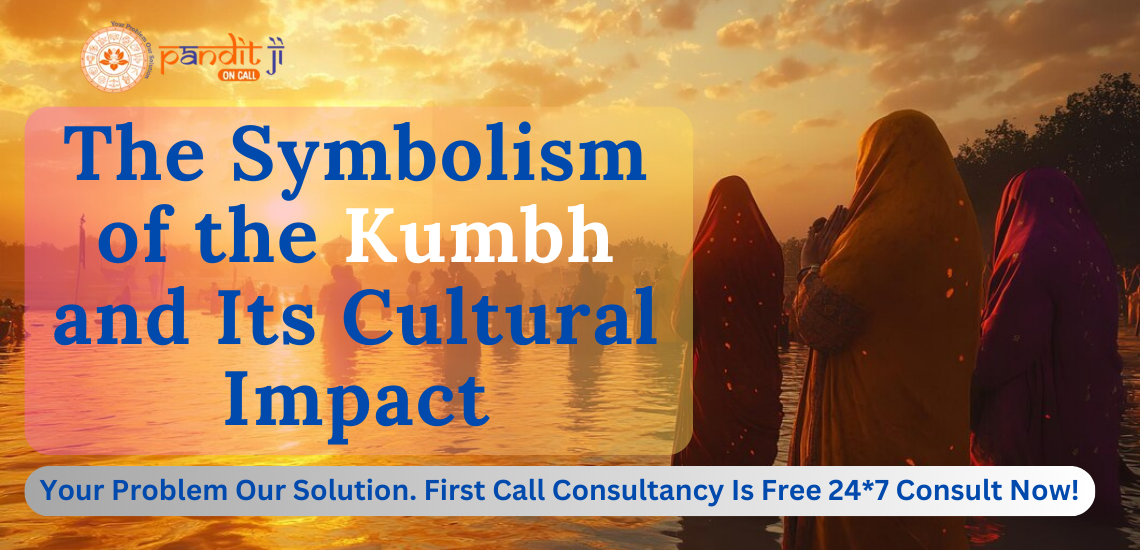
The Kumbh Mela is one of the biggest and most important Hindu festivals. It draws millions of worshippers from around the world. This significant event happens every three years. The maha kumbh mela location is: Prayagraj, Haridwar, Ujjain, and Nashik. Each of these places is important in Hindu beliefs and stories.
Kumbh Mela has its roots in old history and is an integral part of Hindu beliefs and stories. The festival celebrates the famous event of churning the ocean, Samudra Manthan, where divine juice was retrieved. The Kumbh Mela reminds us of this story's importance for spiritual growth and cleansing.
In modern Hindu society, Kumbh Mela is a religious journey and a celebration of community, spirituality, and the search for understanding. It reflects key ideas of Hindu philosophy, highlighting the value of shared awareness and unity among different people. Keep on reading to know all the details about maha kumbh mela.
Kumbh Mela is closely connected to the story of the Samudra Manthan, which is about the churning of the seas. Hindu texts say that gods and demons worked together to stir the ocean to get Amrit, the drink that grants life. During this cosmic event, a pot (Kumbh) filled with nectar appeared, becoming the centre of a fight between the gods and demons.
The Kumbh is essential in Hindu beliefs about the universe. It represents the world and the divine force that keeps it going. The pot is often viewed as a symbol of spiritual understanding and enlightenment, representing the goal of reaching moksha or freedom.
The link between celestial nectar (Amrit) and spiritual redemption is very important. The Kumbh Mela is seen as a chance for believers to purify themselves and find freedom by bathing in holy waters, which connect them to the divine energy symbolised by the Amrit.
In Hindu thought, water is greatly respected for its ability to clean and represent purity, new beginnings, and the ongoing flow of life. The holy waters where Kumbh Mela happens, like the Ganga, Yamuna, and Godavari, are thought to have special powers that purify the soul.
Each river is important, and swimming in its water is thought to remove sins and bring spiritual benefits. Maha kumbh mela shahi snan represents cleansing the body and soul and is integral to Hindu custom. Devotees use water to connect with the holy and feel spiritually refreshed, making it a key part of the Kumbh Mela experience.
The kumbh mela schedule is closely related to the positions of the stars and planets. The holiday takes place when certain stars and planets are in a position considered suitable for spiritual events. The positions of the sun, moon, and Jupiter are essential in deciding the festival times.
The four places—Prayagraj, Haridwar, Ujjain, and Nashik—were selected because they have important astrological meanings. Each is linked to the flow of holy energy. Astrological calculations guide the rituals, supporting the idea that the right cosmic conditions improve the spiritual benefits of the journey.
This alignment in the sky enhances the Kumbh Mela's spiritual significance, making it a special blend of belief and the universe's order.
The Kumbh Mela is an essential event for both religion and culture. It highlights the diverse and rich culture of Indian society, bringing together different cultures and social aspects and showing how diverse yet united India is.
The maha kumbh mela 144 years is a big gathering that showcases Indian culture. It brings together people from various places, languages, social classes, and groups. It also demonstrates "Unity in Diversity," an integral part of Indian culture. People from different religious groups unite peacefully, each with their own traditions and practices. This shows the diversity of spirituality and culture in India.
The Kumbh Mela is a lively place that supports and showcases traditional arts and crafts. Artisans and artists from all over the country come together to show and sell their one-of-a-kind creations. These include handwoven fabrics, pottery, jewellery, and other traditional handmade items.
This not only helps sustain the livelihood of these artisans but also plays a crucial role in keeping the rich history of Indian handicrafts alive.
The festival greatly influences society's ideals and norms. It encourages helping others and serving the community, as shown by the large free kitchens (langars) run by different groups that provide food to millions of visitors, regardless of their backgrounds.
The Kumbh Mela promotes religious tolerance and harmony as people of different views join together for spirituality.
The Kumbh Mela is where people can share and learn about different cultures. Scholars, researchers, and tourists from all over the world come to the festival to watch and participate. They are excited to learn about and experience India's culture and spiritual traditions. This exchange builds respect and understanding between people, helping to close ethnic gaps and encourage peace worldwide.
The festival shows the changes and social relationships in Indian culture. It highlights essential social problems like protecting the environment, improving healthcare, and ensuring clean sanitation. Many non-profit organisations and community groups use this gathering to raise awareness and start social projects, helping to improve society and people's understanding.
The Kumbh Mela represents a miniature version of Indian society, showing its rich culture, social diversity, and spiritual significance. It's a holiday that celebrates culture, strengthens social connections, and raises community awareness, making it an essential part of India's social and cultural life.
The Kumbh Mela shows the deep history and spiritual importance of Hindu customs. It keeps old traditions and values while adjusting to the modern world, ensuring it stays vital for future generations. The Kumbh Mela is more than just a gathering; it's a profound spiritual experience. It builds connections between people, groups, and the divine, keeping Hindu spirituality alive. In the future, the Kumbh Mela is set to grow even more, inspiring many people on their spiritual journeys and promoting unity, peace, and spiritual awareness in a fast-changing world. Visit our website, Pandit Ji On Call, for all the information about next maha kumbh mela dates.